January 3, 2025 /SemiMedia/ — According to the latest forecast by TrendForce, the memory chip market is expected to experience significant price declines in the first quarter of 2025, driven by inventory accumulation and weak seasonal demand. Both DRAM and NAND Flash prices are predicted to drop substantially.
In the DRAM market, prices are expected to decrease by 8% to 13% in Q1 2025. The PC, server, and GPU VRAM segments will be particularly affected. Weak consumer demand and an oversupply of DDR4 modules are the primary drivers, with DDR5 adoption growing steadily but not yet sufficient to offset the oversupply of DDR4. In the server market, the transition from DDR4 to DDR5 and high bandwidth memory (HBM) continues to impact pricing, though the overhang of DDR4 remains a price suppressant. GPU VRAM prices are also expected to drop by 5% to 10%, mainly due to weak demand and rising inventory levels.
Meanwhile, the NAND Flash market is also under pressure, with average contract prices forecast to decline by 10% to 15% in Q1 2025. Rising inventory levels and sluggish demand are expected to push down prices for Client SSDs and UFS products. While enterprise SSDs (Enterprise SSD) are benefiting from strong demand driven by AI and storage applications, their first-quarter prices are still expected to fall by 5% to 10% due to the seasonal slowdown.
In the eMMC segment, contract prices are expected to decline by 13% to 18% in Q1 2025. Smartphone manufacturers are focusing on inventory digestion, while weak consumer demand adds further pressure. Similarly, the UFS market is facing price declines of 13% to 18% due to the overall slowdown in smartphone demand.
Overall, the first quarter of 2025 is expected to see continued supply-demand imbalances in the memory chip market, leading to heightened price pressures. While the adoption of newer technologies such as DDR5 and HBM may drive long-term growth, short-term DRAM and NAND Flash prices are likely to continue their decline, offering favorable purchasing opportunities for buyers but intensifying competition for suppliers.

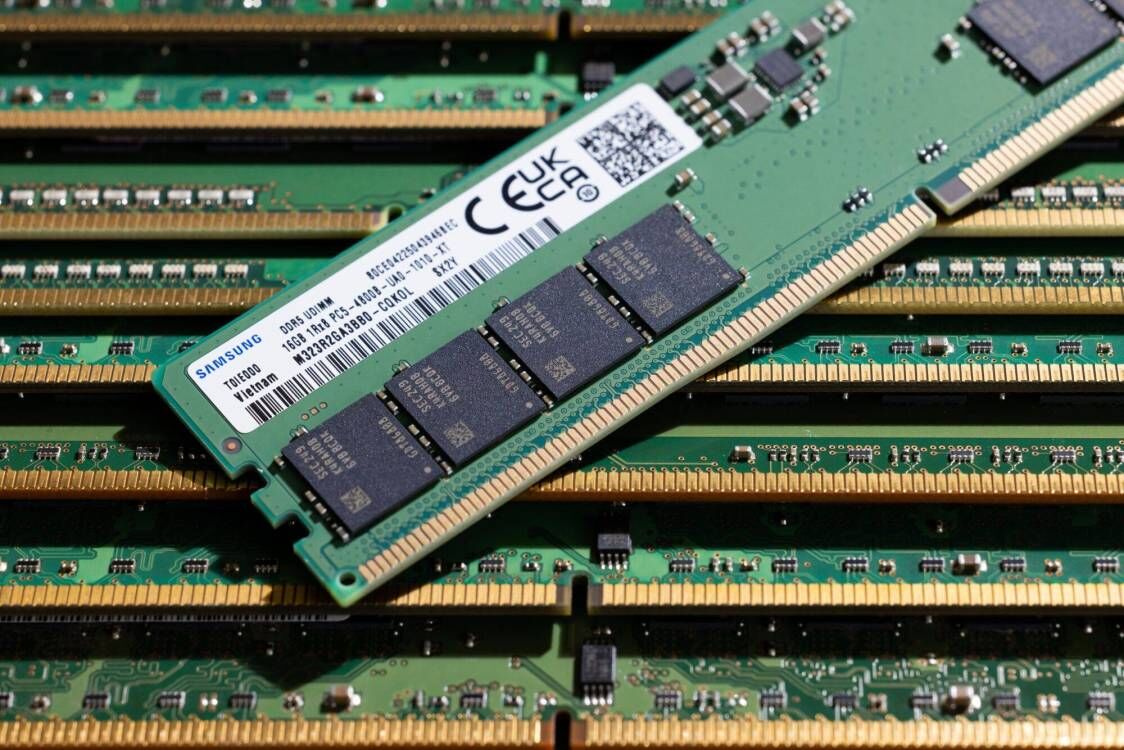


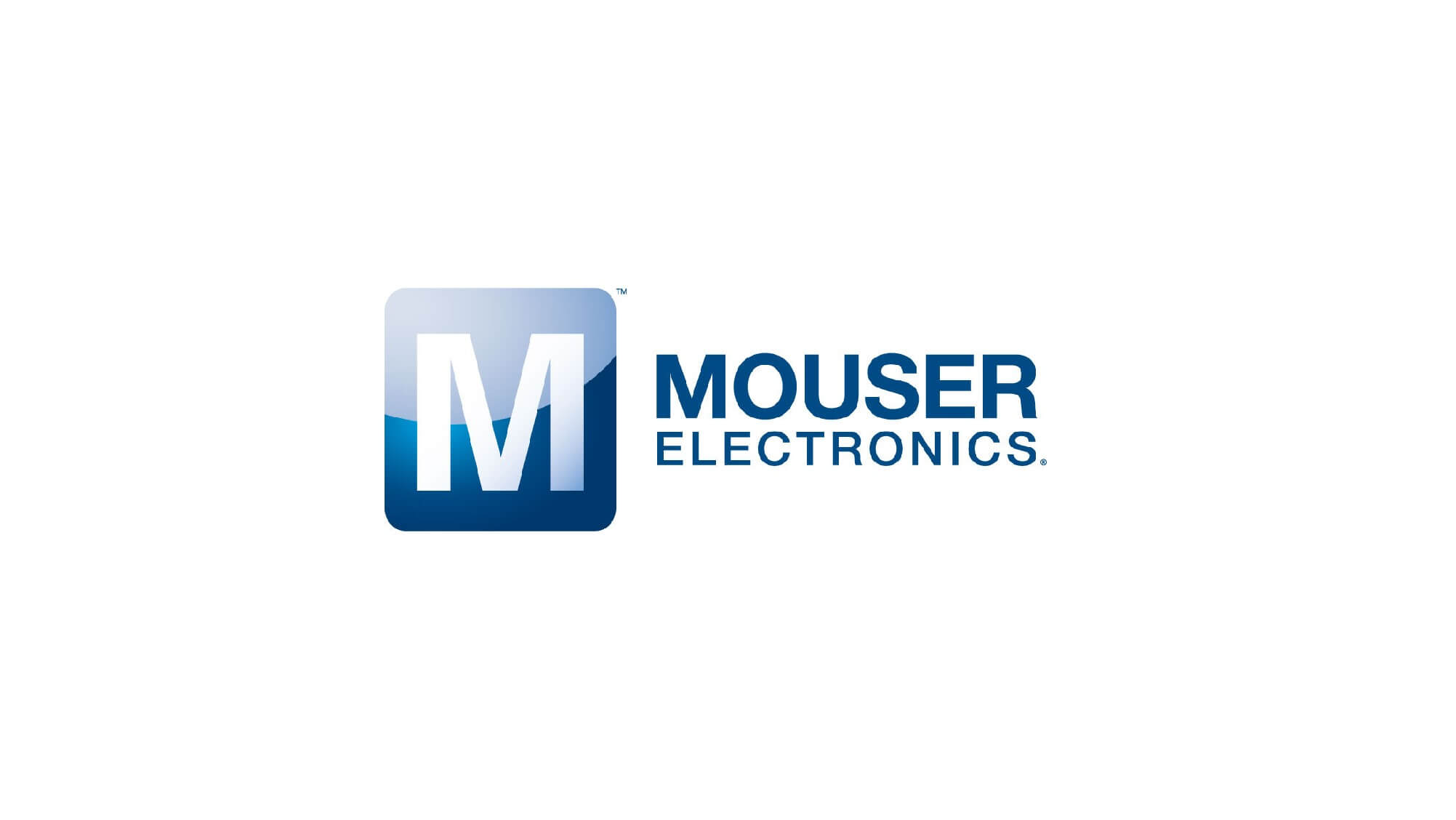
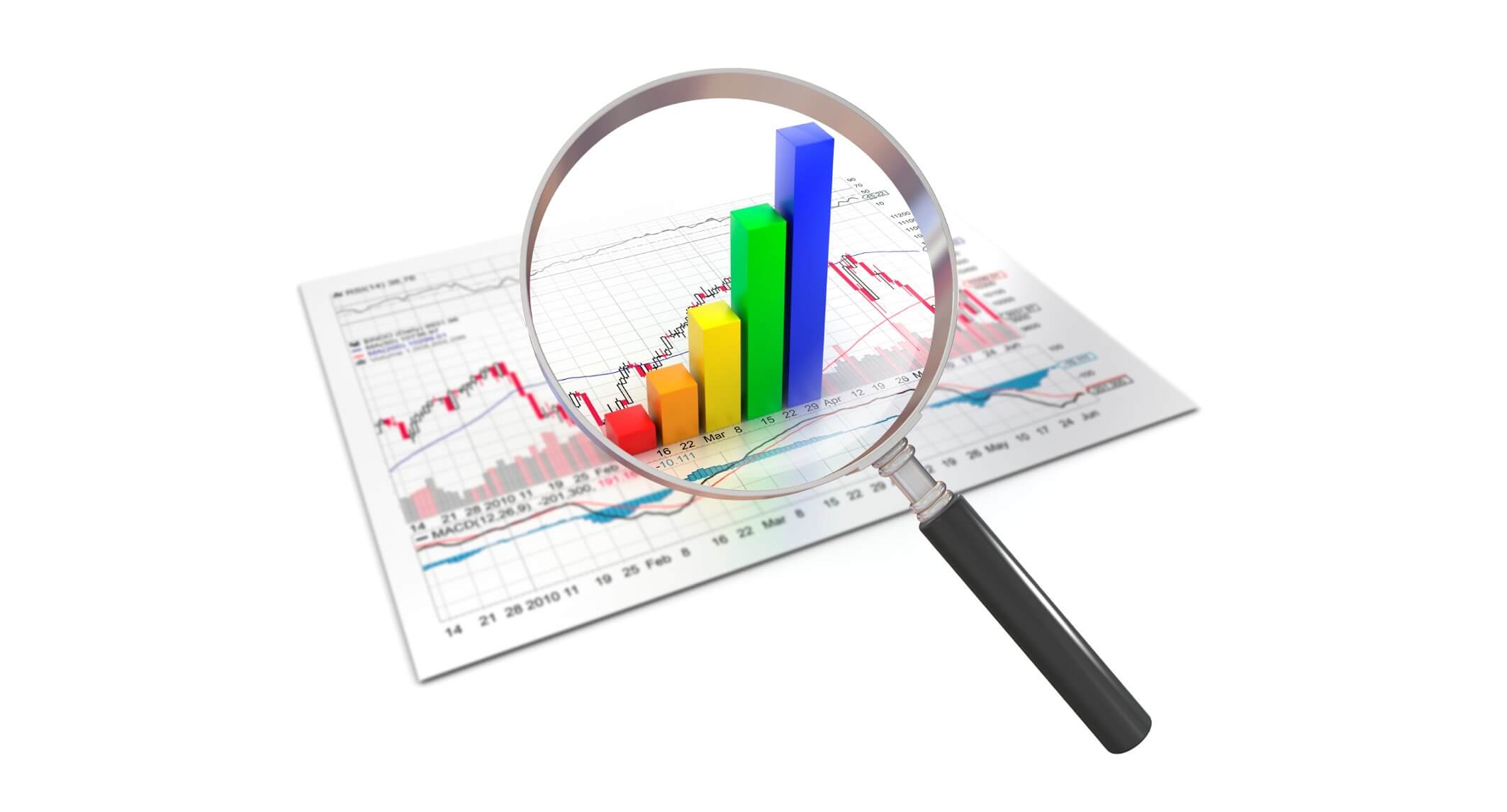
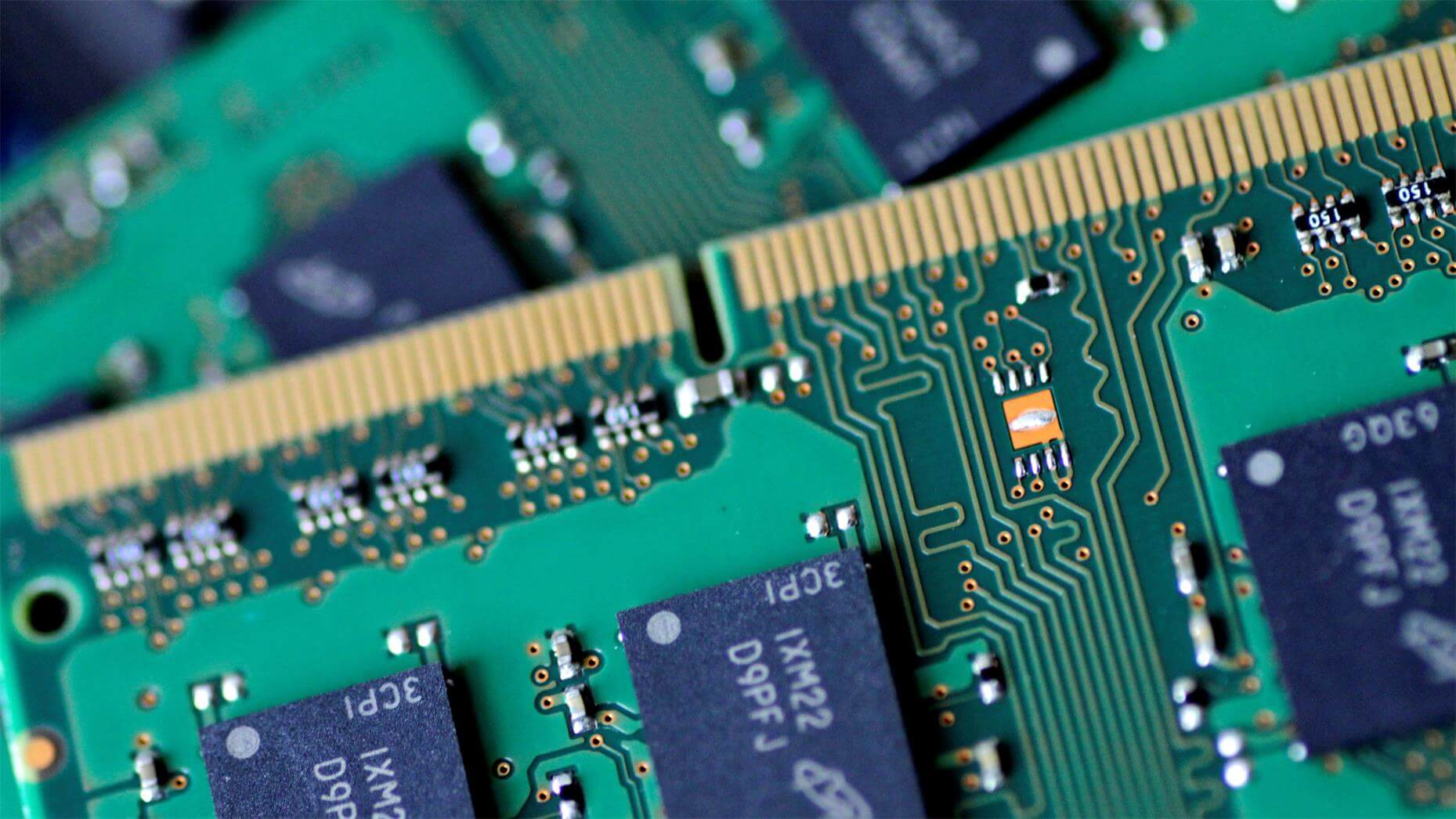

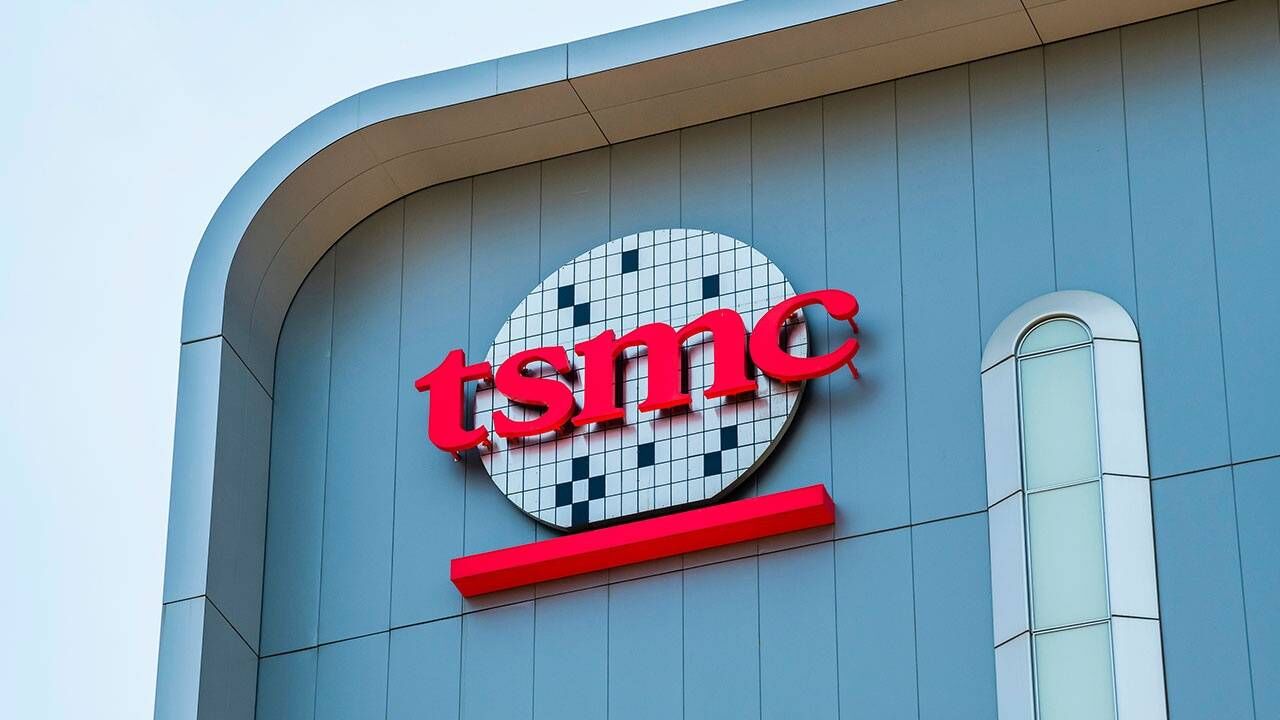
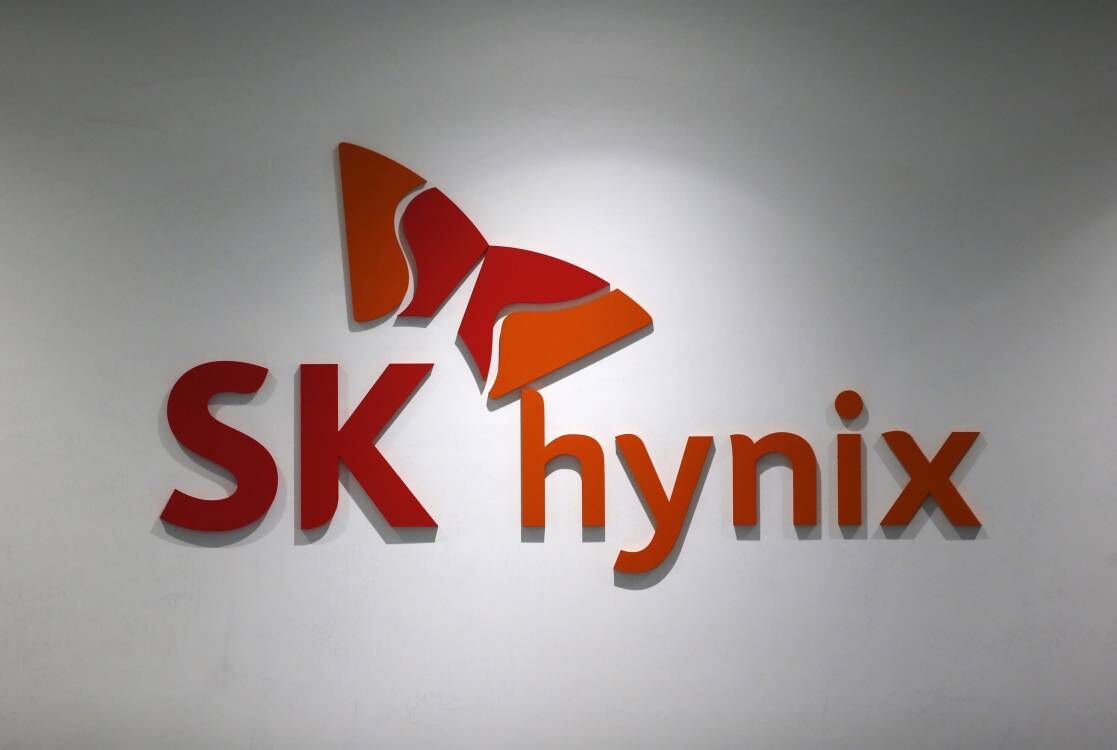
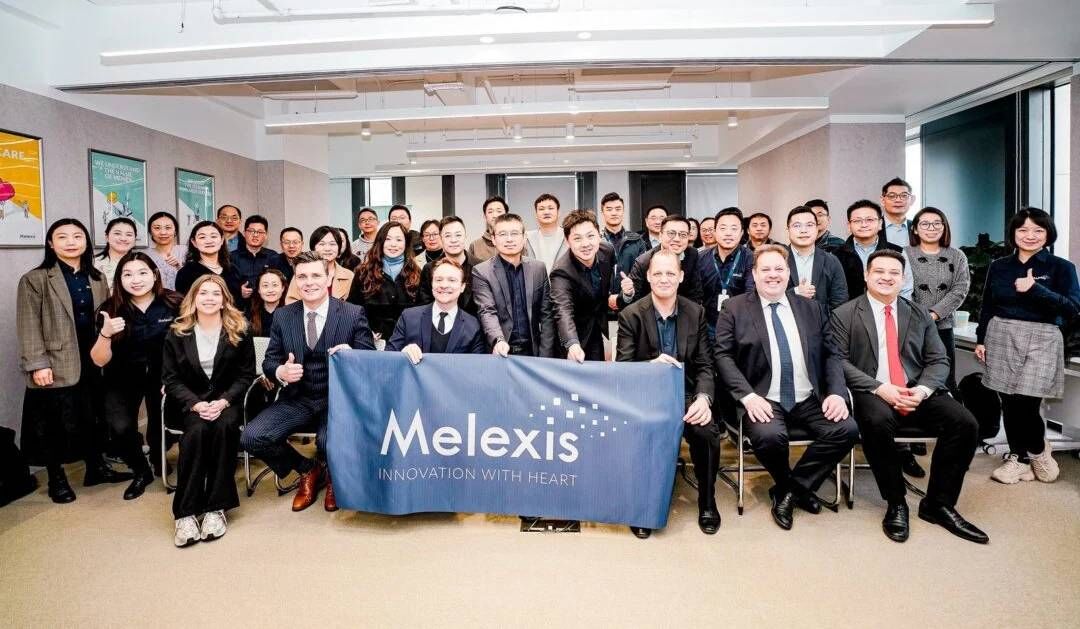
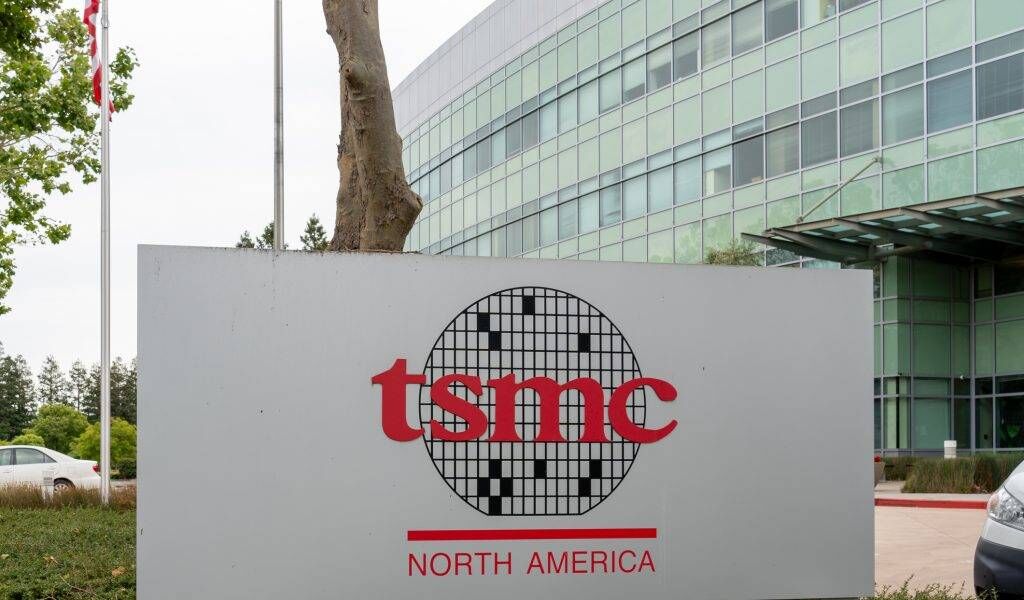
All Comments (0)